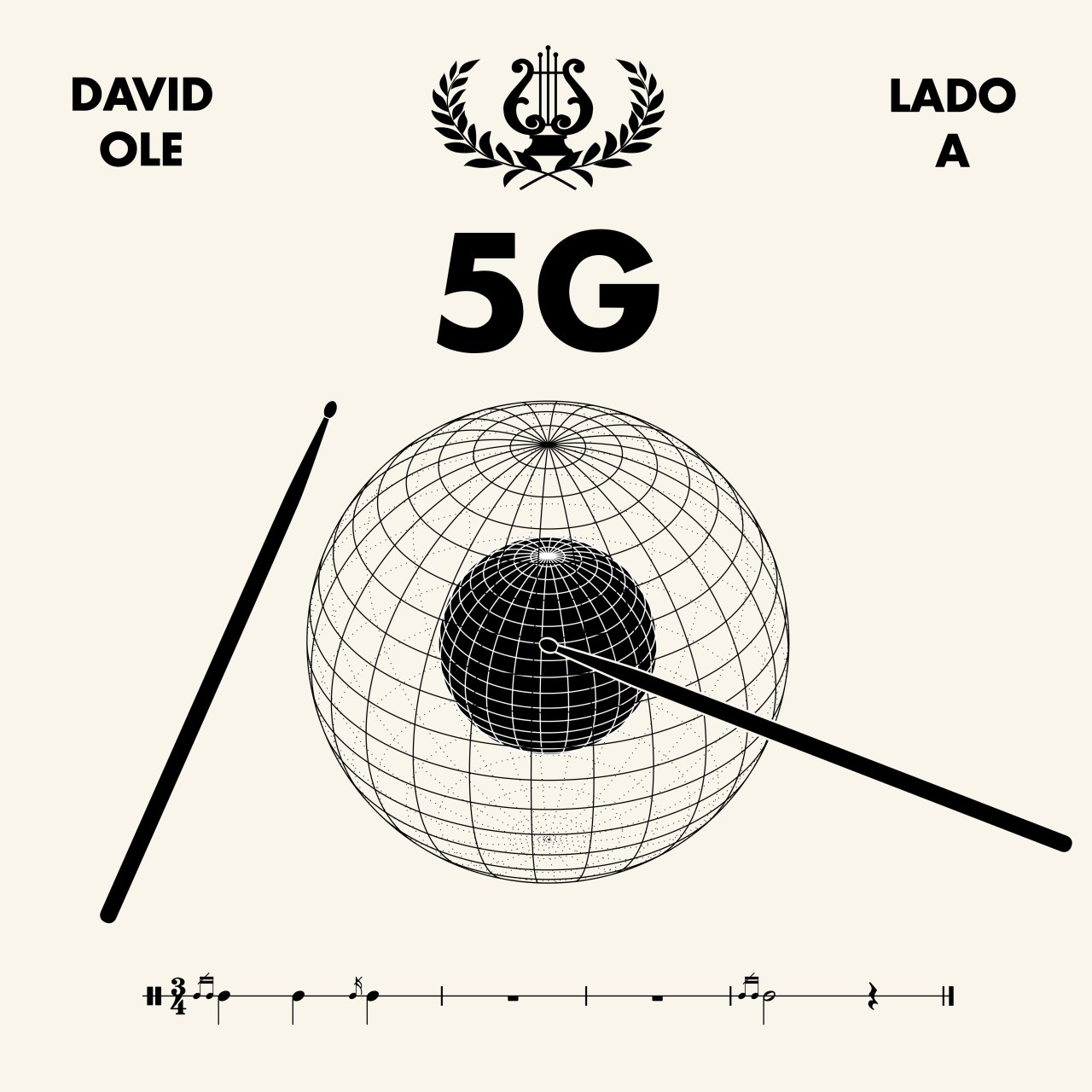David Ole Entrepeneur, Musician, Bot

2024, Nov
5G

5G is the title of a 7 inch vinyl record to be released by Favela Discos in 2024 (FD070).
Liner Notes:
The traditional Lyre is a metallophone composed of rectangular metal bars of varying lengths, mounted on a frame at nodal points of vibration. It is played with mallets made from materials such as wood, bone, plastic, hard rubber, or metal, depending on the requirements of the score. The instrument's sound is very penetrating, especially in the higher registers, making it audible even during a tutti. By subtly moving the hand near the bar after striking it, the sound can be slightly prolonged, simulating vibrato.
The 5G Lyre is a digital synthesizer that merges the traditional Lyre’s characteristics with the fifth-generation technology standard for mobile and broadband telecommunications. It boasts a data transmission capacity exceeding 1 gigabit per second, partly achieved through the use of higher frequency ranges than those of previous generations. Despite its high penetration and absorption rate by the body’s soft tissues — where prolonged exposure could potentially weaken the lymphatic system and even cause cancers — the 5G Lyre is classified as a non-lethal musical instrument (unlike the more hazardous 5Gw Lyre).
In this demo track, you can experience the 5G Lyre’s power, precision, and its extensive, balanced range, dynamically responding to repeated snare drum strikes by the percussionist.
On the B-side of this record, you’ll find a recreation of a musical composition originally written for the Banda Musical Castromarinense, which was part of experimental exercises aimed at assessing the advantages of using civilian actors in clandestine operations intended to damage equipment or destroy facilities.
This piece was successfully performed during an anniversary parade for the inauguration of the International Bridge Over the Guadiana River. Over the 666-meter crossing, the synchronized steps of the crowd, driven by the music, excited the natural vibration modes of the bridge’s cable-stayed deck. The resonance and lock-in effect of the march amplified these oscillations to the point where the structure collapsed, leading to numerous drownings. Reconstruction of the bridge, presented as a rehabilitation project, began in 2017 and was completed in 2021.
The original score is classified, but an audio version was reconstructed from video fragments of the exercise, recovered from a device recently extracted from the riverbed. This version was generated using models fine-tuned with recordings of the Banda de Música da Trofa and the Sociedade Filarmónica Fafense, processed through a neural synthesis software developed by Antoine Caillon and Philippe Esling at IRCAM in Paris.
"I suggested that it wasn't enough to just put autotune in 'desgarrada' or 'fado'; all of it had to be destroyed. What I meant was that the audience needs to grow and cut the umbilical cord that ties them to the past once and for all (...) I use my work as a weapon against society, the government, and the industry that try to confine this type of music and indoctrinate us. Music isn't the clothes we wear, our social circle, how much we earn, or what car we drive; music is the fury within us, music is revenge, music is the enemy, and I am your enemy."
David Ole, video lecture for CCCOP TV (2023)
credits
Music by David Ole
Mastering by Rafael Silva
Design and Ilustration by Diana Wellington
Special thanks to CCCOP TV, Bruno Correia from Banda Musical Castromarinense and Vitor Lopes